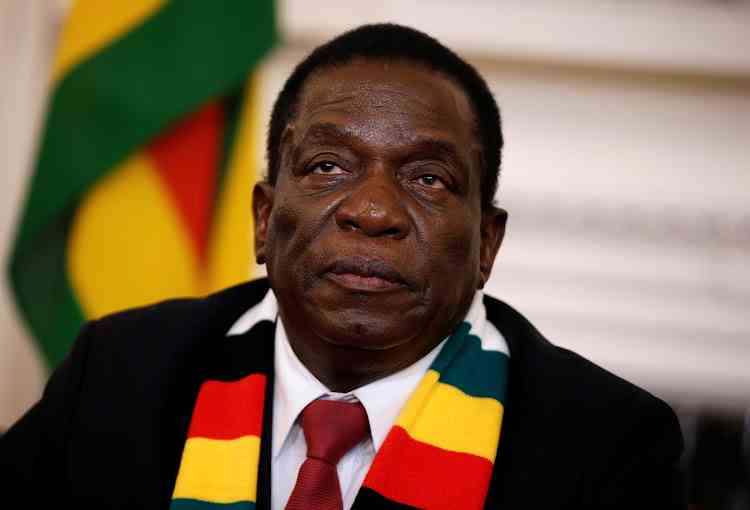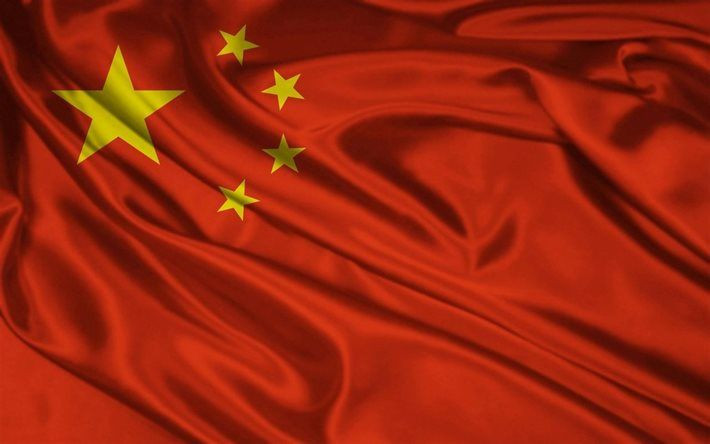
The past two weeks have been busy here in South Africa. Some of the issues have not been easy to let them slide. Last week I wrote about the clash between the Congress of South Arica Trade Unions and the Democratic Alliance. Historic as it might have been, it turned bloody. And some of the cases are still in the hands of the court.
Just when we thought the dust was settling along the streets of Jozi, another bombshell dropped. This time it was a clear case of nudity packaged under the rubric of art. It was a painting depicting the President of South Africa but with his private parts out in the open. Once again it was a historic piece of art by a Cape Town based Brett Murray, a white political and social satirical artist. I have to confess, before his work on the Spear, I never heard of him Murray. And again the case on whether the picture can be exhibited in public or not is now in the hands of court. The courts are busy here.
While the courts take their time to decide, South Africa is left a huge debate to settle. It is a debate that threatens to rip off the threads of the fabric that makes up the rainbow nation and throws democracy under heavy scrutiny. The question that South Africans have to grapple presently is whether the depiction of the President in such a disrespecting manner borders of racism, artistic freedom expression or it is purely a fundraising strategy for someone trying milk the popularity that comes with the controversy?
The debate on racism is hard to avoid. Following news trail last week showed that the debate is divided along racial lines. Most of the whiter commentators, save for the white guy who defaced the paint, see nothing wrong in depicting the President in such a disrespectful manner. In fact they think he deserved it. Helen Zille, the head of the Democratic Alliance was reported to have laughed off a counter pain depiction of herself, Shapiro and white prominent people naked.
This reinforces the assumption that all is not well in South Africa as we are made to think. There is simmering anger among black South Africans especially those who think this is the usual disrespect of African leaders by white communities in the country. In fact some of the arguments go as far as suggesting that Apartheid was so damaging to the black South African but rarely do we find such art authored by white artists. This is backed by examples of how the white settlers raped and sexually abused the black women in Cape Provinces without taking responsibility of the progeny that came out those evil acts. A colleague argued that during the Apartheid era the oppressors opened their zippers more than what is perceived of Zuma.
On the political side of things, the allegations in Frank Chikanes book, Eight Days in September – The Removal of Thabo Mbeki are gradually gaining eminence. The book alleges that the removal of former President Thabo Mbeki had a lot to do with the disillusionment by Western countries and white South African who were not happy with the way Mbeki handled the Zimbabwe issue. According to this school of thought, the paint is part of a bigger plot to ouster President Zuma. They argue that it is meant to provoke him so he can take action which would be deemed a threat to democracy to justify regime change. Indeed, for anyone whose nerves are not in touch with their sense of reasoning, the Spear paint was a piercing one redolent with all the ingredients to cause chaos much more than we have witnessed in the streets today. But to his credit, Mthsolozi has not uttered a word.
The other side of the debate points to cultural differences and the reluctance by white Africans to learn more about African culture. Among those who think it is just an art have used the examples of Western art to illustrate that such painting are common the world over. They dont however explain why most of western art with female characters usually covers the breast area. Breast exposure is taboo in Western culture while it is common practice in most Africa countries especially in Southern Africa.
Perhaps, it is time white Africans took time to learn more about the culture of their adopted countries of residence. Africa and the West are worlds apart and despite the continent being perceived as poor, it still has its repository of norms and values which define who we are and therefore must be respected. During a trip to Sweden a few years ago, I was shocked to see men and women sharing the same steam room, something that is taboo in Africa. And it would be wrong to transpose such practice in environment that has its own ways of life.
- Chamisa under fire over US$120K donation
- Mavhunga puts DeMbare into Chibuku quarterfinals
- Pension funds bet on Cabora Bassa oilfields
- Councils defy govt fire tender directive
Keep Reading
This also explains why African and Western governments are always at logger heads over gay issues and polygamy. Polygamy is not only a common practice in Africa but is culturally accepted. Is it time we learn that cultural diversity is about respecting our differences. Democracy that promotes nudity, perhaps is not one meant for Africa.











